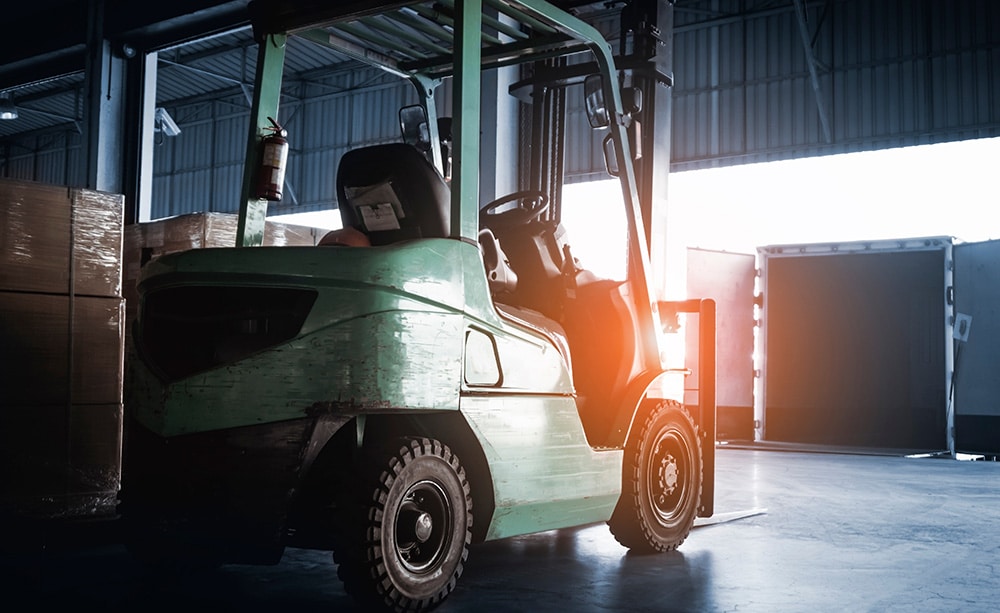Since 2004, the average price of a mobile computer that can be used for voice picking applications has dropped by more than 60 percent. Back in the early 2000s, the only option warehouse managers had was to buy an expensive, single-purpose voice appliance offered by one of three hardware manufacturers (some of which were perpetually skating on thin financial ice).
In 2005, Symbol Technologies changed the market forever by introducing the first voice capable MC9060 terminal. The MC9060 was originally designed as an industrial workhorse primarily for scanning-based applications in warehouses, stores, and industry. Working with Lucas, Symbol (which was acquired by Motorola in 2008) upgraded the audio capabilities of the MC9060 and created the industry’s first true multi-modal mobile computer – a single device that combined voice, scanning, touchscreen and keypad in one.
More powerful multi-function voice capable computers for half the cost
Since then all other major mobile computing vendors have introduced voice-capable devices, including more powerful rugged devices, compact wearable terminals, and smaller, lighter, and lower-priced handheld models. So now, instead of spending $4K or more for an “appliance,” DCs can buy multi-function voice-capable computers for less than half that cost. Just like in consumer electronics, warehouse mobile computers are getting more powerful and less expensive every year.
Not surprisingly, every week we talk to DC managers and IT folks who ask if they can use a $100-$200 smartphone, PDA, or even an iPhone for voice in their warehouse.
There’s good logic for why you might want to use a dirt-cheap voice terminal. First and foremost, with a low-cost hardware option, initial investment costs for voice systems are dramatically reduced. As for reliability concerns about using consumer-grade devices in a warehouse, the argument is that if the device drops and breaks, you can just replace it. In fact, at $200 a pop, you can replace each device several times a year and still have a lower hardware cost. (In reality, the cost to buy a smartphone is probably closer to $400 or $500 if you aren’t buying a cell plan. But that’s another issue.)
Two reasons you shouldn’t use a dirt-cheap voice terminal
This all seems to makes perfect sense. Except it doesn’t. Here are two reasons why.
- Noise Reduction. Warehouse voice systems have to deal with loud noises that change without notice: lift trucks, horns, conveyors in the background (turning on and off), pallets banging to the floor. Filtering out background noise is one of the great challenges of voice recognition in a warehouse. It takes noise-cancelling headsets, and additional noise filtering technology on the mobile device to handle it. Unfortunately, mobile operating systems used on smartphones (including Android) don’t provide a means to adequately filter and regulate noise levels, so they don’t provide acceptable voice recognition rates in noisy environments. (A typical warehouse voice application provides 99% accuracy or better, so users rarely have to repeat themselves.)
- Battery Life. Cell phones, smart phones and PDAs don’t typically do a lot of compute-intensive work. Voice recognition puts a real tax on processing power and batteries, which is why the battery of a standard industrial computer weighs as much as a cellphone – they have to last for a full shift. With a consumer device users would probably have to change their batteries every hour or so. And if you want to use an iPod, you better have 4 or 5 devices per user since those batteries don’t swap out.
The bottom line is that we’re not likely to see a viable $100 voice terminal for years. But we’re starting to see some multi-modal devices and rugged PDAs with street prices of less than $1000. Compared to prices 5 years ago, this is a dramatic shift. And these devices offer far more functionality than yesterday’s voice-only appliances.





